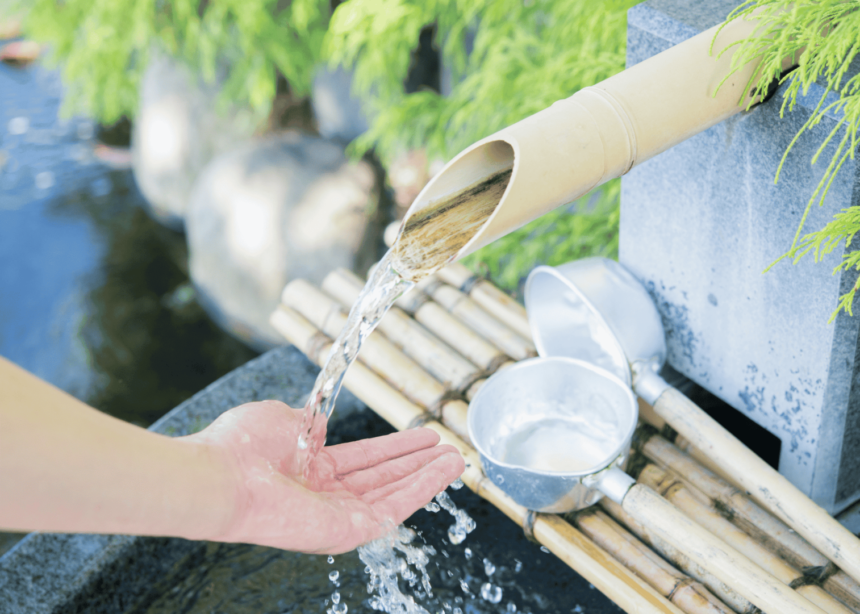Living off the grid is a rewarding lifestyle choice, providing a sense of independence and connection to nature. However, it also brings unique challenges, particularly when it comes to managing essential resources like water. In an off-grid setting, knowing how long your water supply will last can make a huge difference in your daily life and overall sustainability. So, how long should 230gals of water last off grid? Let’s explore the calculations, usage patterns, and strategies to maximize your water supply.
Understanding Water Needs
Understanding your water needs is the first step in effective water management. Every individual’s consumption can vary, but some averages help us gauge what to expect.
Daily Water Requirements for Individuals
On average, an individual requires about 1 to 2 gallons of water daily for drinking. However, this number can fluctuate based on several factors, including climate, physical activity, and personal habits.
- Drinking Water: Typically, you might need about 1 gallon.
- Cooking: About 0.5 gallons is generally sufficient.
- Hygiene: This can vary widely but usually requires around 2 gallons.
So, for a single person, daily water usage could range from 3.5 to 4.5 gallons, depending on lifestyle choices.
Factors Influencing Water Usage
Several key factors can influence how much water you consume:
- Climate: Hotter climates often lead to increased water needs due to perspiration.
- Lifestyle: An active lifestyle or gardening can raise your water requirements.
- Household Size: Larger families will naturally consume more water.
- Health Conditions: Certain health conditions may necessitate higher fluid intake.
Estimating Water Usage
To better understand how long should 230gals of water last off grid, let’s break down the typical uses of water across various categories.
Drinking Water Needs
For a family of four, the average daily drinking water requirement might hover around 4 gallons, accounting for individual variability. If you have 230 gallons available:
- 230 gallons ÷ 4 gallons/day = 57.5 days of drinking water.
Cooking and Food Preparation
Cooking needs can add another layer to our calculations. For a family of four, cooking might require about 2 gallons daily:
- 2 gallons/day for cooking = 115 days for 230 gallons.
Hygiene and Sanitation
Hygiene is vital, and your daily requirement might range around 8 gallons for a family of four. This brings us to:
- 8 gallons/day for hygiene = 28.75 days for 230 gallons.
Other Household Needs
In addition to drinking, cooking, and hygiene, consider other uses, such as cleaning dishes and laundry. For a family of four, let’s estimate about 5 gallons a day:
- 5 gallons/day for other needs = 46 days for 230 gallons.
Calculating Duration of 230 Gallons
Now, let’s bring it all together. If we average the total water usage across drinking, cooking, hygiene, and other needs, we might find a rough daily requirement of around 19 gallons for a family of four. Therefore:
- 230 gallons ÷ 19 gallons/day = approximately 12 days.
This estimation highlights the importance of planning and conserving your water supply.
Example Calculations for Different Scenarios
- For a single person: 230 gallons could last around 57 days.
- For a couple: It might stretch to about 28 days.
- For a family of four: Expect approximately 12 days.
These examples underscore how household dynamics and individual consumption affect overall water usage.
Water Conservation Strategies
Maximising your water supply is essential when living off-grid. Here are some effective strategies for conserving water.

Tips for Reducing Water Use
- Short Showers: Keep showers to a minimum—just a few minutes can save significant water.
- Efficient Dishwashing: Instead of running water continuously, fill a basin for rinsing.
- Toilet Use: Consider water-saving toilet models or use a bucket method to reduce flush volume.
- Plant Care: Use greywater from washing dishes or bathing to water plants.
- Laundry Efficiency: Only run full loads and consider using a manual washing machine.
Efficient Water Collection and Storage
Proper storage is vital for maintaining your water quality and accessibility. Consider these practices:
- Use food-grade containers to prevent contamination.
- Keep stored water in cool, dark places to inhibit algae growth.
- Regularly check and maintain your storage system for leaks or wear.
Alternatives and Solutions
If 230 gallons is not enough, there are alternatives to supplement your water supply:
Rainwater Harvesting
Installing a rainwater collection system can significantly enhance your water availability. Here’s how to do it:
- Gutters and Downspouts: Direct roof runoff into storage barrels.
- Filtration: Ensure the water collected is filtered for safe use.
- Legal Considerations: Check local regulations regarding rainwater harvesting.
Water Filtration and Purification
Having access to filtration and purification systems is essential, especially if you’re drawing from natural sources. Here are some options:
- Portable Filters: Great for hiking and camping, these can be used for emergency water supplies.
- UV Purification: This method uses ultraviolet light to kill bacteria and viruses in water.
- Boiling: A reliable method to ensure water is safe, especially for drinking and cooking.
Conclusion
Understanding how long should 230gals of water last off grid will last off-grid isn’t just about basic calculations; it’s about strategizing your consumption, planning for contingencies, and adopting sustainable practices. By taking proactive steps in water management and conservation, you can make your supply stretch further and enjoy your off-grid lifestyle with confidence.
FAQs About How Long Should 230gals of Water Last Off Grid
How can I extend the lifespan of my water supply?
By practising conservation, reusing water, and optimising daily usage through mindful habits.
What are the best methods to store water off-grid?
Use food-grade containers, keep them cool and dark, and ensure they’re properly sealed and maintained.
How can weather affect my water supply?
Extreme weather can lead to evaporation, contamination, or damage to storage systems, so always plan for contingencies.
Is 230 gallons enough for a family?
It can be sufficient for short periods, but regular monitoring and conservation are crucial for longer durations.
What are the signs of water contamination?
Look for unusual colours, odours, or tastes. If you suspect contamination, always purify before using.







